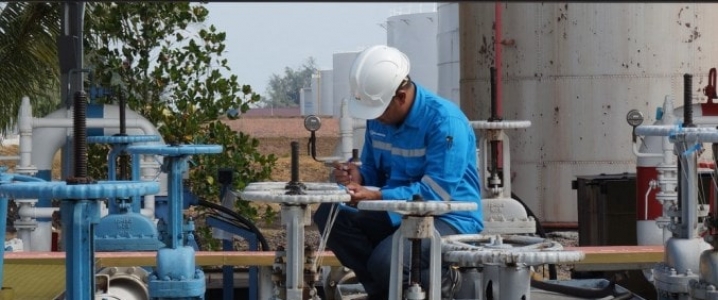The United States began exporting LNG just two years ago, and last year it was already a net exporter of the fuel, despite a global glut. By the end of 2019, the EIA projects the total LNG export capacity in the country will reach 9.6 billion cu ft daily, and if all is utilized, the U.S. will become the world’s third-largest LNG exporter, after Qatar and Australia.
That’s good news for gas-focused energy companies. However, it’s worth noting that a lot of final investment decisions on this future capacity have been delayed for lack of long-term buying commitments. Also, since the U.S. is not the only one expanding its LNG export capacity, it remains to be seen how much of the capacity that gets built will actually be utilized. A third note that needs making here is that domestic gas consumption is also rising.
Let’s address these considerations one by one. First, the delay in final investment decisions on new LNG export capacity has to do with an abundant global LNG supply, and buyer’s preference for spot or short-term contracts. With so much gas for sale, it’s a buyers’ market, and buyers want the best deal, which is never a long-term deal.
So it makes sense that LNG investors are uneasy about committing billions for new LNG capacity when there is no long-term clarity about demand. Yet, it seems that short-term contracts will continue to dominate the LNG market, so they are probably something LNG companies just need to get used to.
Second, competition in LNG is intensifying. Qatar is boosting production to maintain its number-one spot on the global market. LNG project operators in Australia are ramping up production, and two more megaprojects are scheduled to start producing this year: Shell’s Prelude and Inpex’ Ichthys.
Prelude has an annual capacity of 3.6 million metric tons of LNG and Ichthys will produce 8.9 million tons of the fuel. For reference, 1 billion cu ft of natural gas equals about 21,000 metric tons of LNG, so that’s a lot of capacity coming on stream in Australia to compete with the U.S. producers. Related: Could This Be The Next Proxy War In The Middle East?
Third is the issue of securing stable natural gas prices for the domestic electricity generation market. Chuck DeVore from think tank the Texas Public Policy Foundation noted in a recent story for Forbes that the share of natural gas in the U.S. power generation mix will rise to 34 percent this year, but it could be more as coal-fired plants are getting retired ahead of schedule as they can’t compete with the cheap gas.
Cheap gas, then, needs to remain cheap, warns DeVore, to ensure the reliability of power supply for consumers, since 40 percent of costs associated with gas-fired power plants are fuel costs and any move up in the price of gas is immediately transferred to the end-user. If too much gas is sent abroad, this could actually lead to a domestic shortage, which is what happened in Australia recently. The Australian gas shortage is an important lesson for an emerging LNG exporter such as the U.S.
So, U.S. LNG producers need to be flexible, lower their costs further (that’s easier said than done but it’s essential), and keep in mind the domestic market. Also, they should keep their fingers crossed for the trade dispute between Washington and Beijing to get resolved as soon as possible: China is the third-largest buyer of U.S. LNG, after Mexico and South Korea.
By Irina Slav for Oilprice.com
More Top Reads From Oilprice.com:
- Brent Crude Hits New High On Soaring Demand
- The Most Underappreciated Story In The Oil Market
- Iran Sanctions Threaten The Petrodollar



















Ukraine is an untapped source of LNG. Canada is another untapped source. Mexico and Venezuela lack the stable government necessary for investments, though they have resources in the ground. The Eastern Mediterranean has enough natural gas in the ground to supply Europe.